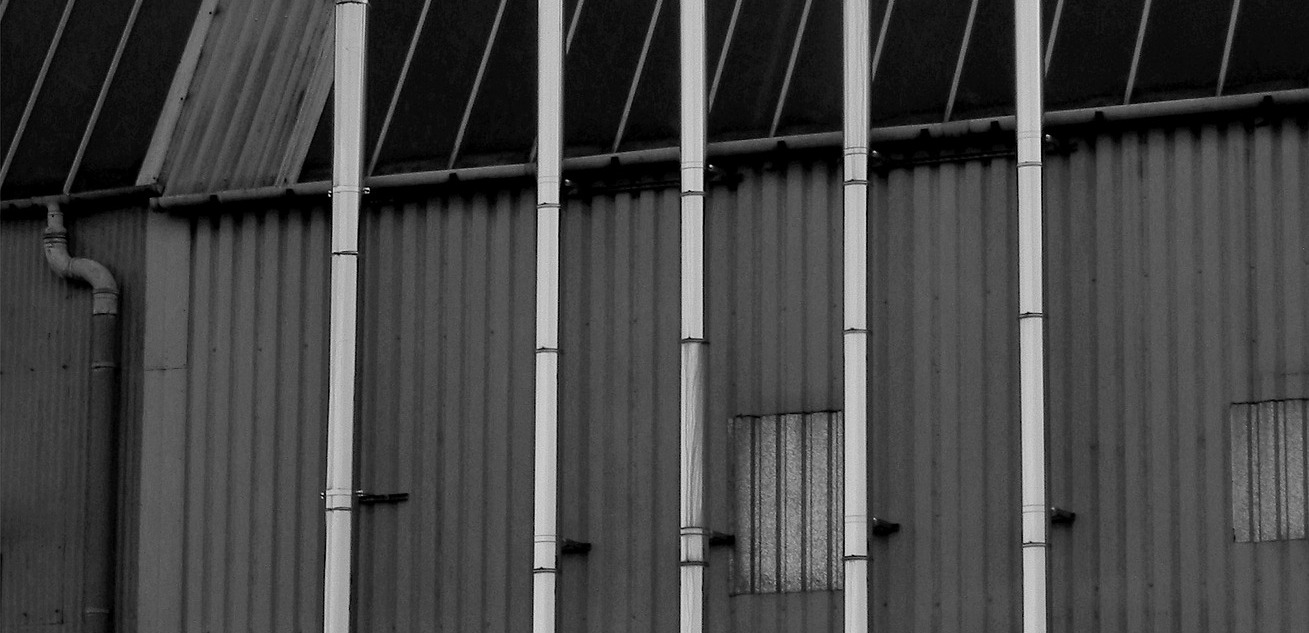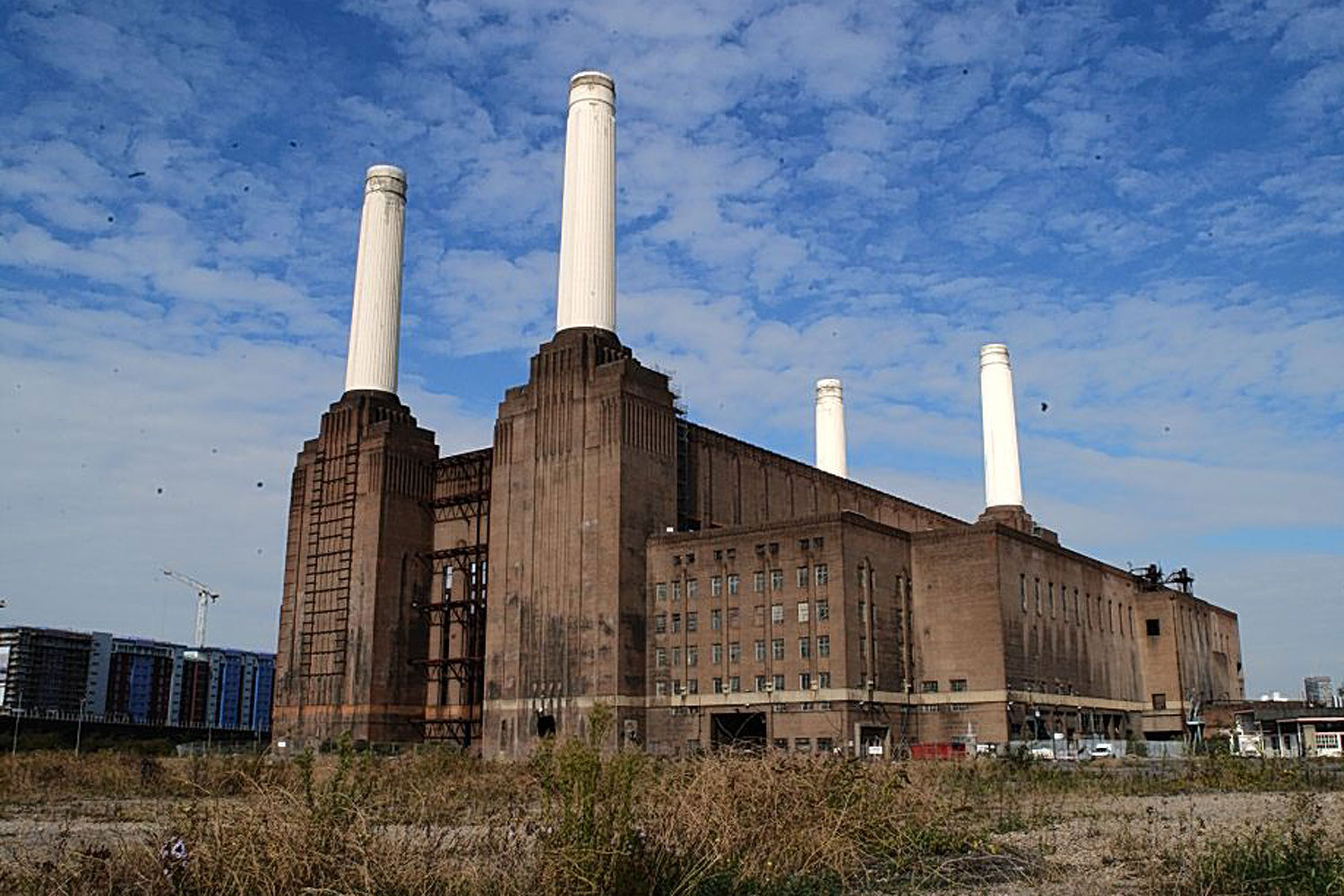Industrial building
The word ‘building’ is commonly considered to refer to an enclosed structure within which people can perform activities. The Building Regulations suggest that the word 'building' refers to: ‘...any permanent or temporary building but not any other kind of structure or erection’.
Industrial buildings are buildings used for industrial activities. Industrial buildings as an identifiable architectural type rose to prominence during the industrial revolution during the 18th and 19th centuries, when new activities, and the availability of new materials and techniques led to the creation of some of the most innovative buildings of the period.
Approved document B, Fire Safety, Volume 2 – Buildings other than dwellinghouses defines industrial buildings as:
|
Factories and other premises used for any of the following:
|
The The Town and Country Planning (Use Classes) Order Schedule) identifies 6 categories of industrial building:
B2. General industrial.
B3. Special industrial group A (registrable under the Alkali, etc. Works Regulation Act).
B4. Special industrial group B (getting, dressing or treatment of minerals carried on, in, or adjacent to a quarry or mine).
B5. Special industrial group C (burning bricks or pipes; burning lime or dolomite; producing zinc oxide, cement or alumina; foaming, crushing, screening or heating minerals or slag; processing pulverized fuel ash by heat; producing carbonate of lime or hydrated lime; producing inorganic pigments by calcining, roasting or grinding).
B6. Special industrial group D (distilling, refining or blending oils; producing or using cellulose or using other pressure sprayed metal finishes; boiling linseed oil or running gum; the use of hot pitch or bitumen; stoving enamelled ware; producing aliphatic esters of the lower fatty acids, butyric acid, caramel, hexamine, iodoform, napthols, resin products, salicylic acid or sulphonated organic compounds; producing rubber from scrap; use of chlorphenols or chlorcresols as intermediates; manufacturing acetylene from calcium carbide; manufacturing, recovering or using pyridine or picolines, any methyl or ethyl amine or acrylates).
B7. Special industrial group E (boiling blood, chitterlings, nettlings or soap; boiling, burning, grinding or steaming bones; boiling or cleaning tripe; breeding maggots; cleaning, adapting or treating animal hair; curing fish; dealing in rags and bones; dressing or scraping fish skins; drying skins; making manure; making or scraping guts; manufacturing animal charcoal, blood albumen, candles, catgut, glue, fish oil, size or feeding stuff for animals or poultry from meat, fish, blood, bone, feathers, fat or animal offal; melting, refining or extracting fat or tallow; preparing skins for working).
[edit] Related articles on Designing Buildings Wiki
- Architectural styles.
- Building activities definition.
- Building complex.
- Building component.
- Building element.
- Building entities.
- Building spaces definition.
- Building system.
- CALISIA ONE case study.
- Construction works.
- Definition of industrial buildings.
- Industrial cluster.
- Recording old industrial sites.
- Types of building.
- Use class.
Featured articles and news
Amendment to the GB Energy Bill welcomed by ECA
Move prevents nationally-owned energy company from investing in solar panels produced by modern slavery.
Gregor Harvie argues that AI is state-sanctioned theft of IP.
Heat pumps, vehicle chargers and heating appliances must be sold with smart functionality.
Experimental AI housing target help for councils
Experimental AI could help councils meet housing targets by digitising records.
New-style degrees set for reformed ARB accreditation
Following the ARB Tomorrow's Architects competency outcomes for Architects.
BSRIA Occupant Wellbeing survey BOW
Occupant satisfaction and wellbeing tool inc. physical environment, indoor facilities, functionality and accessibility.
Preserving, waterproofing and decorating buildings.
Many resources for visitors aswell as new features for members.
Using technology to empower communities
The Community data platform; capturing the DNA of a place and fostering participation, for better design.
Heat pump and wind turbine sound calculations for PDRs
MCS publish updated sound calculation standards for permitted development installations.
Homes England creates largest housing-led site in the North
Successful, 34 hectare land acquisition with the residential allocation now completed.
Scottish apprenticeship training proposals
General support although better accountability and transparency is sought.
The history of building regulations
A story of belated action in response to crisis.
Moisture, fire safety and emerging trends in living walls
How wet is your wall?
Current policy explained and newly published consultation by the UK and Welsh Governments.
British architecture 1919–39. Book review.
Conservation of listed prefabs in Moseley.
Energy industry calls for urgent reform.



























Comments